With Indigenous relations taking on an economic lens, consultation will be key, say academics, orgs
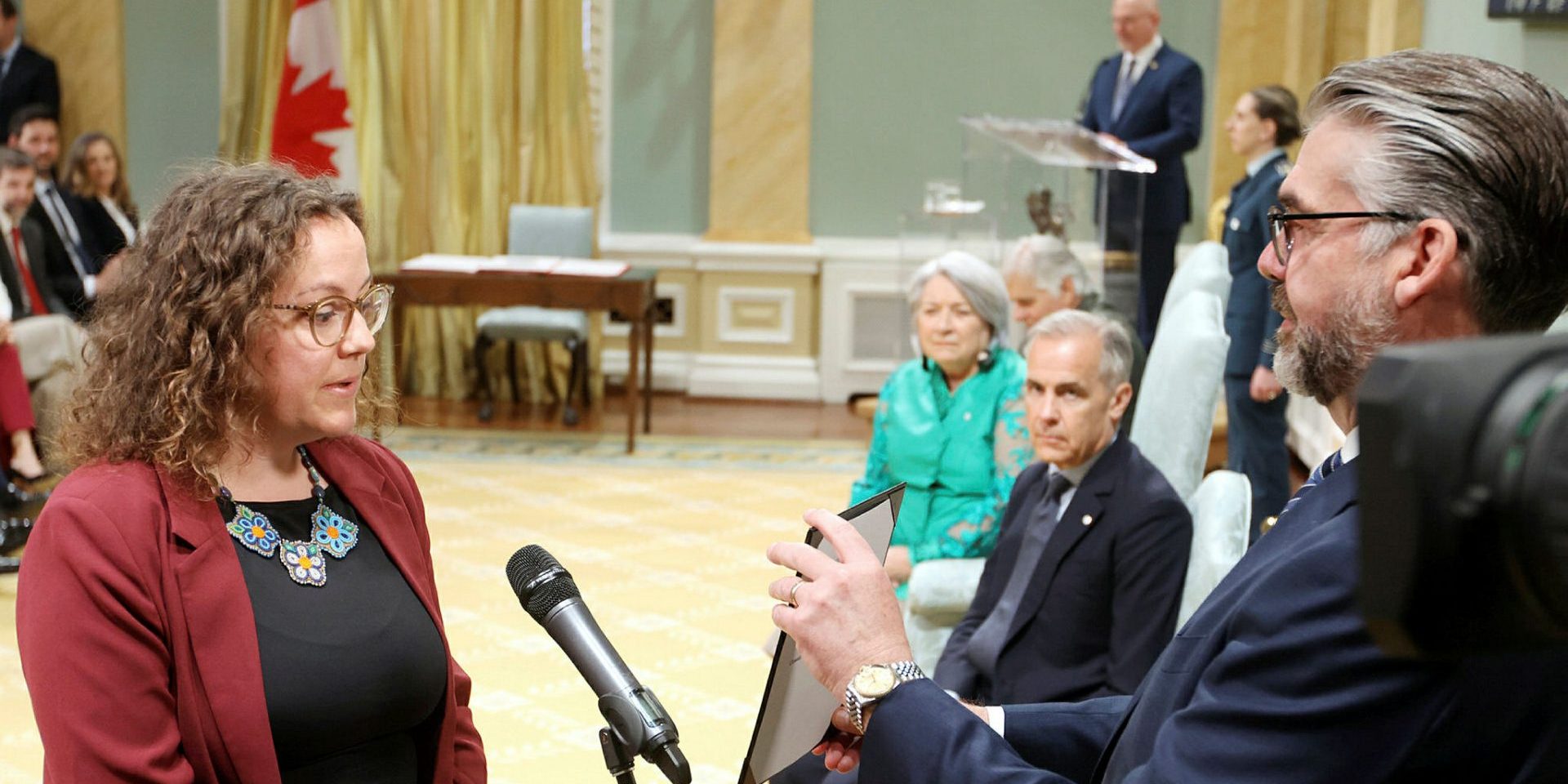
Crown-Indigenous Relations Minister Rebecca Alty’s lived experience in the North and with resource development may serve her well in the current Liberal government, which is showing a shift towards a more economic focus when it comes to Indigenous relations, according to political science academics.
“The previous [Justin Trudeau government] was focused on addressing long-standing historic issues—Indian residential schools, and things like that—where the current tone has been more focused on economic reconciliation, economic development, community development, and a lot of that is oriented around resource development,” said Gabriel Maracle, a Carleton University assistant professor of political science with a focus on Indigenous governance in Canada. “I think most First Nations, most Indigenous leaders and Indigenous communities are going to be interested in seeing what the message and tone is going to be from Crown-Indigenous Relations around resource extraction and resource development.”
Alty (Northwest Territories) took on her current portfolio in the cabinet of Prime Minister Mark Carney (Nepean, Ont.) on May 13. Born and raised in Yellowknife, she previously served as a city councillor for the community between 2012 and 2018, and then as mayor from 2018 to 2025.
Alty is the first federal minister from the Northwest Territories in almost two decades, with the previous being then-Liberal MP Ethel Blondin-Andrew who served as minister of state for northern development between 2004 to 2006. Carney himself was also born in the territory.
Maracle is a member of the Mohawks of the Bay of Quinte, also known as Tyendinaga. His father was born in Tyendinaga, and his non-Indigenous mother is originally from Guelph, Ont.
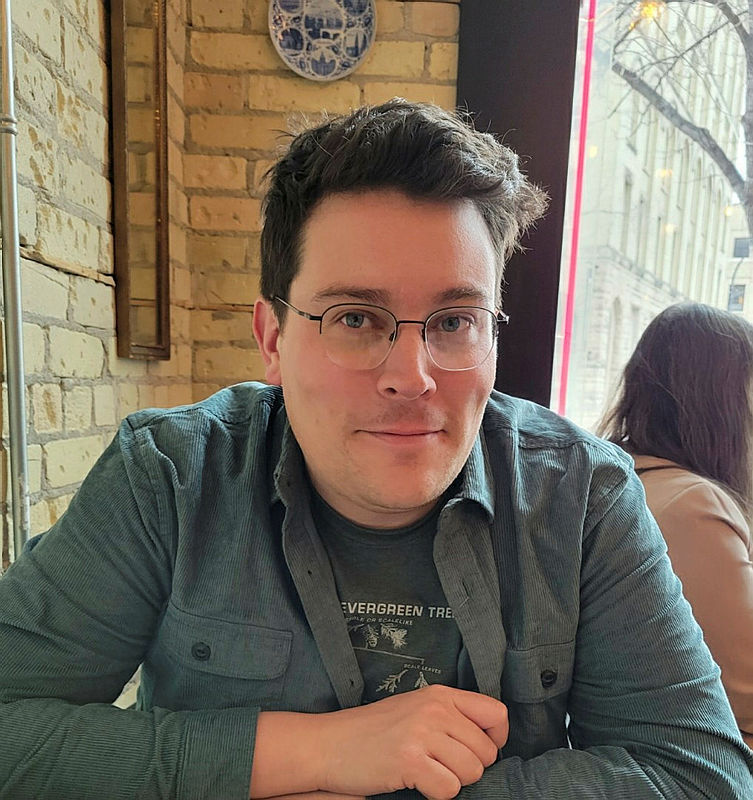
He told The Hill Times that Alty comes to her new role with experience working with First Nations communities around resource development, pointing to her background as manager of communications and community relations for the Diavik Diamond Mines, which she held from 2016 to 2018.
“This government’s messaging has been more explicit about focusing on natural resource development and things of that nature, in part because of the pressures of having a less-stable trading partner with the United States, and the need to be more reliant on the global economy,” said Maracle. “The global markets are really, really hungry for natural resources.”
Indigenous people comprise almost half of the population in the Northwest Territories, and the territory is home to Métis, Inuit, and First Nations people including Dene.
Maracle said that Indigenous Peoples have understandable concerns about whether the current hunger for natural resources could be used as an excuse by the federal government to circumvent its duty to engage in consultations before embarking on major projects.
“Are they willing to push through these economic and resource development opportunities at the expense of Indigenous rights? Historically, the federal government has been very, very comfortable with doing that,” said Maracle. “There’s a very, very small window to be able to build things. I think [Alty’s] going to be bringing in a unique perspective on Indigenous issues and how the federal government interacts with Indigenous Peoples.”
Chadwick Cowie, an assistant professor in the department of political science at the University of Toronto Scarborough, told The Hill Times that Alty may understand the diversity in the North, adding that not all Indigenous people are the same.
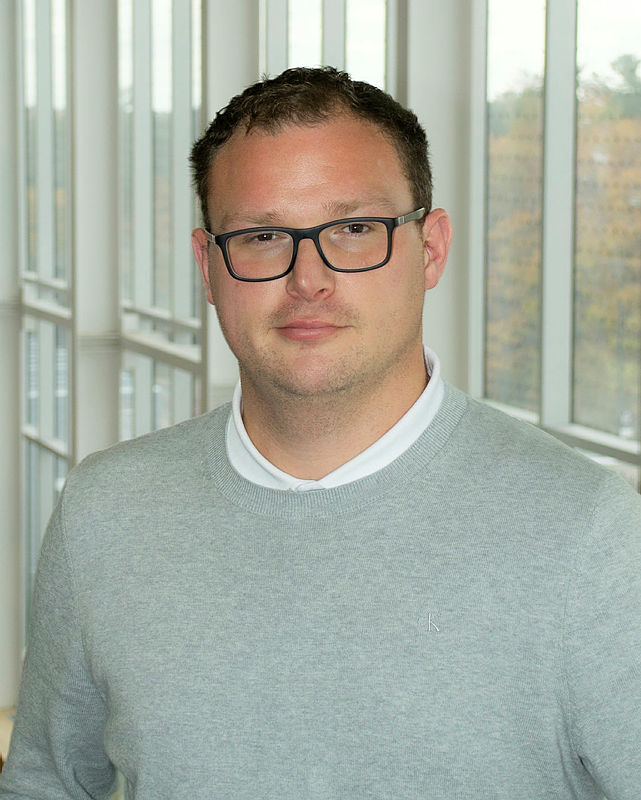
“They don’t all have the same history, nor do they have the same relationships or allyship with certain parts of Canada because of the history that exists there and because of the approach that some provinces have taken. There’s a lot of work to be done there,” said Cowie. “The Trudeau government ended up focusing on policy administration. They kept trying to do what they thought was the way forward, and if they want to figure out a way to go forward, then there is some potential by having northern representation in that cabinet, because the North is a very unique, specific place.”
To help streamline the federal regulatory processes for major projects, the Carney government’s “One Canadian Economy Act,” or Bill C-5, was tabled on June 6. The bill seeks to accelerate the regulatory process for infrastructure projects that the federal government designates as being in the “national interest.”
Cowie is from the Michi Saagiig Nishnaabeg community of Pamitaashkodeyong (also referred to as Hiawatha First Nation) and is of the Atik (Caribou) Dodem (Clan). He said that an important concern for Crown-Indigenous relations going forward includes legislation such as Bill C-5, or Ontario’s Bill 5, which also seeks to fast-track project development with the goal of unleashing the province’s economic potential.
Cowie said he understands why major projects could be important, but there needs to be proper duty to consult with Indigenous Peoples.
“We can’t move forward hand in hand and move through reconciliation if it’s going to be a top-down approach, and that’s a concern that I have of how they’re going to do this,” he said. “It’s not so much about stopping development … It’s about making sure that the people who are the stewards of these territories have that ability to voice and be a part of the discussion because that is part of what Crown-Indigenous relations is supposed to be about.”
The Hill Times reached out to the Assembly of First Nations (AFN) to ask about Alty’s appointment and about possible priorities for her office going forward, but did not receive a response before deadline. National Chief Cindy Woodhouse Nepinak said in a May 13 press release that she and her organization look forward to working with the Carney cabinet to advance priorities put forward by the AFN during the federal election. In the Prosperity for All list of election priorities, the AFN included a call for economic reconciliation, which the organization argued begins with ensuring First Nations voices are at the table of national discussions.
Stephanie Scott, executive director of the National Centre for Truth and Reconciliation (NCTR), told The Hill Times in an emailed statement on June 11 that Alty will be facing the profound challenge of addressing the enduring legacy of the residential school system.
It is estimated that more than 150,000 First Nations, Inuit, and Métis children between the ages of four and 16 years attended federally funded and church-run residential schools in Canada between the late 1800s and the 1990s. Many Indigenous children in these schools spent long periods of time away from their home communities where they received little to no education, suffered from emotional, physical and/or sexual abuse, and experienced poor health care, chronic hunger, and malnutrition, according to a 2023 report released by the Senate’s Indigenous Peoples Committee. The Truth and Reconciliation Commission (TRC) of Canada found that children at residential schools died at a far higher rate than non-Indigenous children, and about one-third of student deaths were not recorded by government or school administrators, according to the report.
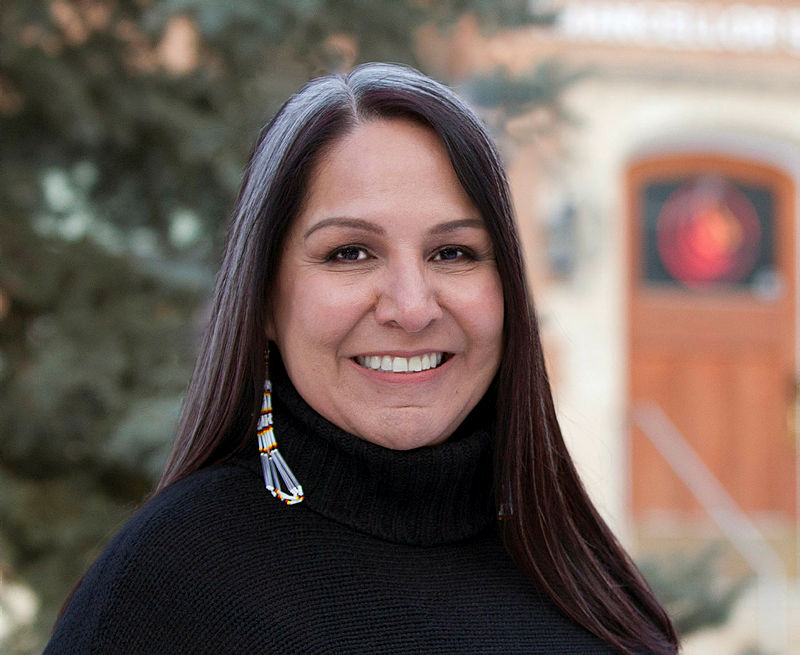
Scott called residential schools “instruments of genocide” designed to destroy Indigenous societies by forcibly assimilating children.
“The trauma and impacts of this system continue to ripple through our families and communities today,” said Scott in the email. “At the NCTR, we confront this difficult and heartbreaking work daily, striving to find missing children amidst increasing demands on our limited resources. We also contend with persistent denialism and those who refuse to acknowledge this country’s past and the truths of Survivors.”
The TRC presented a list of 94 Calls to Action in June 2015, intended to further reconciliation between Canadians and Indigenous Peoples.
Scott said progress on implementing the Calls to Action has been slow, adding that federal leaders need to take concrete, sustained action.
“The minister’s immediate priority should be to secure adequate, enduring funding for vital initiatives dedicated to locating missing and disappeared children and accelerating the fulfillment of the Calls to Action. Without this support, these initiatives risk discontinuation, significantly hindering our collective journey towards healing and reconciliation,” she said in the email. “The minister must demonstrate an unwavering commitment to listening directly to Survivors, their families, and Indigenous communities. Her actions must reflect a deep understanding of the historical and ongoing impacts of colonialism and the residential school system.”
In regard to Alty stepping into her ministerial role, Scott said holding that portfolio requires qualities such as courage, empathy, a steadfast commitment to justice, and a willingness to “confront difficult truths.”
“Our hope is that the new minister is prepared to champion this work with the urgency and dedication it requires. We have a long-standing relationship with the federal government and remain committed to working collaboratively with Minister Alty and her department to fulfill our mandate: to educate, to help communities locate missing children through research, and to amplify Survivors’ voices,” said Scott. “We cannot do this alone, and we look forward to seeing tangible and sustained commitment to reconciliation under her leadership.”
National Chief Brendan Moore of the Congress of Aboriginal Peoples (CAP) said in a June 9 emailed statement that Alty brings the experience of governing in the North, as well as firsthand knowledge of the challenges facing Indigenous communities, particularly around housing, infrastructure, and economic opportunity.
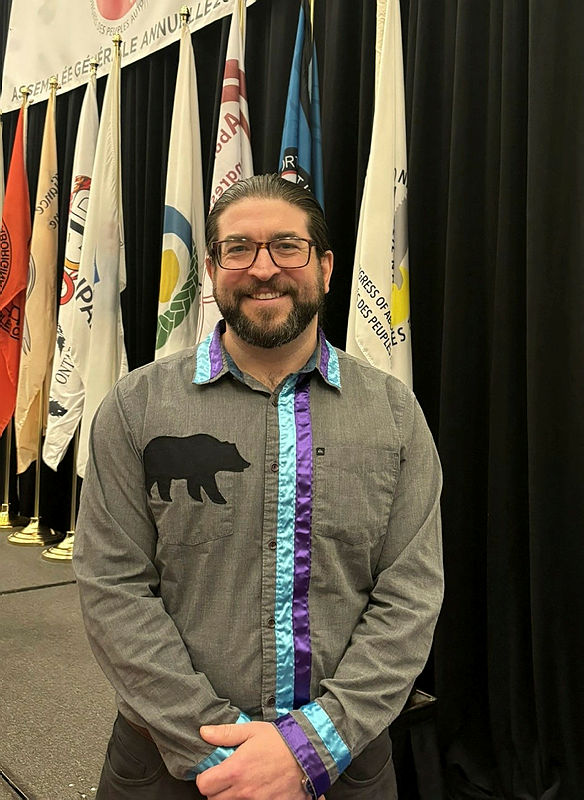
“Minister Alty has a valuable opportunity to strengthen the relationship between Crown-Indigenous Relations and our communities. Advancing reconciliation means engaging with all Indigenous partners, including those who have historically been excluded and we look forward to meaningful dialogue and collaboration,” said Moore in the email.
The challenges ahead for Alty are “significant and urgent,” according to Moore. As an example, he cited the 2016 Supreme Court decision in Daniels v. Canada, which affirmed that Métis and non-status Indians are “Indians” for the purpose of section 91(24) of the Constitution Act, 1867, which establishes federal jurisdiction over First Nations peoples and their traditional lands.
Since that ruling, policy reforms have been “slow, underfunded, and disconnected from the lived realities of the people we represent,” Moore argued. In 2018, the CAP-Canada Political Accord was signed, which promised to build a renewed relationship between CAP and the Crown, but in the six years since its signing, not a single ministerial-level meeting has taken place, he said.
“Indigenous communities have held up their end of the bargain through detailed policy proposals, national action plans, and continuous engagement, but the government has not,” said Moore. “If Minister Alty is to advance reconciliation, she needs to ensure agreements are followed and actions are taken. We can’t keep being invited to talk while decisions are made without us.”
Catherine Martin, director of Indigenous Community Engagement with Dalhousie University and a member of the Millbrook Mi’kmaw Band, told The Hill Times that an important priority for Alty could include addressing the issue of Indigenous identity theft.
The issue of Indigenous identity theft was a focus for a two-day summit in Winnipeg in May 2024, co-hosted by the Chiefs of Ontario and the Manitoba Métis Federation. Indigenous identity theft refers to the misappropriation or misrepresentation of Indigenous identity by individuals or groups who do not have legitimate connections to Indigenous communities, often motivated by personal or financial gain, according to the summit’s website.
A Dalhousie University task force released a report in October 2023 that addressed the issue of settler misappropriation of Indigenous identity at the university. The report included recommendations, including that the university should implement a mandatory process for verifying claims to Indigenous identity, membership, and citizenship where material gain could arise.
“There’s been a lot of national efforts to identify those who have falsely made their way up into very high positions. The point is, that means others Indigenous people are not getting those jobs, and other students are not getting the admissions that they should be getting, because we have so much competition,” said Martin. “It’s a contentious issue that does impact every level of society right now, and … it’s causing an awful lot of problems. I believe that the government has to take that lead seriously and give all of the country some guidelines. Don’t just leave it up in the air.”
jcnockaert@hilltimes.com
The Hill Times
Indigenous Peoples in Canada statistics
- According to the 2021 Census, there were 1.8 million Indigenous people, representing five per cent of the total Canadian population, up from 4.9 per cent in 2016.
- However, this growth was not as fast as in previous years. For example, from 2011 to 2016, the Indigenous population grew by 18.9 per cent, more than double the general 2021 growth rate. For the first time, the Census enumerated more than one million (1,048,405) First Nations people living in Canada.
- Population projections for First Nations people, Métis, and Inuit suggest that the Indigenous population in Canada could reach between 2.5 million and 3.2 million over the next 20 years.
- While more than half (55.5 per cent) of all First Nations people were living in Western Canada in 2021, Ontario (251,030) was the province with the highest number of First Nations people, representing nearly one-quarter (23.9 per cent) of the First Nations population in Canada. Meanwhile, around one in nine (11.1 per cent) First Nations people were living in Quebec, and 7.6 per cent were living in Atlantic Canada. The remaining 1.9 per cent of First Nations people lived in the territories.






 LICENSING
LICENSING PODCAST
PODCAST ALERTS
ALERTS













